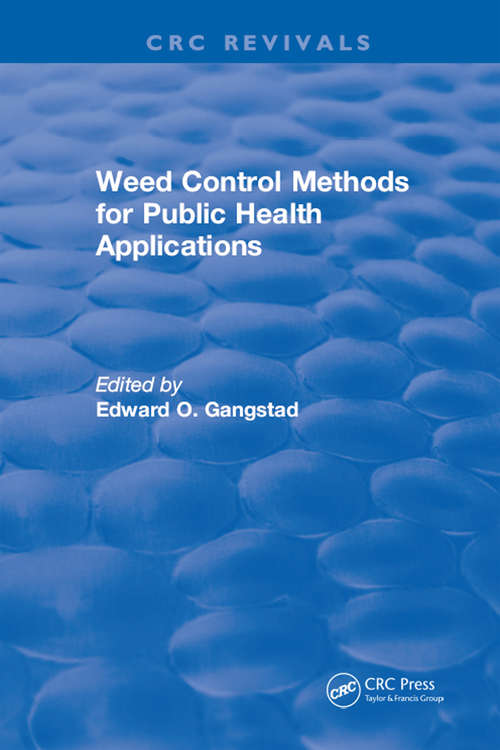Weed Control Methods for Public Health Applications
By:
Sign Up Now!
Already a Member? Log In
You must be logged into Bookshare to access this title.
Learn about membership options,
or view our freely available titles.
- Synopsis
- This volume includes measures of control of aquatic vegetation that harms human health, since water-related diseases exist in this environment. Although malaria has receded internationally due to the combined chemotherapeutic-insecticidal programs, recently it has resisted both medicines and insecticide control. Active malaria cases in the U.S. were fewer than a dozen before the Vietnam War, but in 1973 the figure was ab out 700, almost all traceable to returning military personnel. The disease could again become prevalent. Other diseases exist whose transmission is indirectly affected by aquatic weed conditions including filariasis, and various trematodiases, especially from the schistosomes, Chinese liver fluke, cattle liver fluke, Guinea worm, giant intestinal fluke, Asiatic lung fluke, and broad tapeworm. Waterweeds also support disease-pest arthropods, i.e., snipe flies, tabanids (horse, gad, deer, and greenheads), Clear Lake gnats, Mayflies, black flies, sandflies, and sewage flies.Ecosystem studies of impounded water research and development of herbivorous fish, and utilization of herbivorous fish in China, are also included in this volume.
- Copyright:
- 1980
Book Details
- Book Quality:
- Publisher Quality
- Book Size:
- 319 Pages
- ISBN-13:
- 9781351094597
- Related ISBNs:
- 9781315898599, 9781351077699
- Publisher:
- CRC Press
- Date of Addition:
- 09/24/23
- Copyrighted By:
- CRC Press
- Adult content:
- No
- Language:
- English
- Has Image Descriptions:
- No
- Categories:
- Nonfiction, Science, Technology
- Submitted By:
- Bookshare Staff
- Usage Restrictions:
- This is a copyrighted book.
